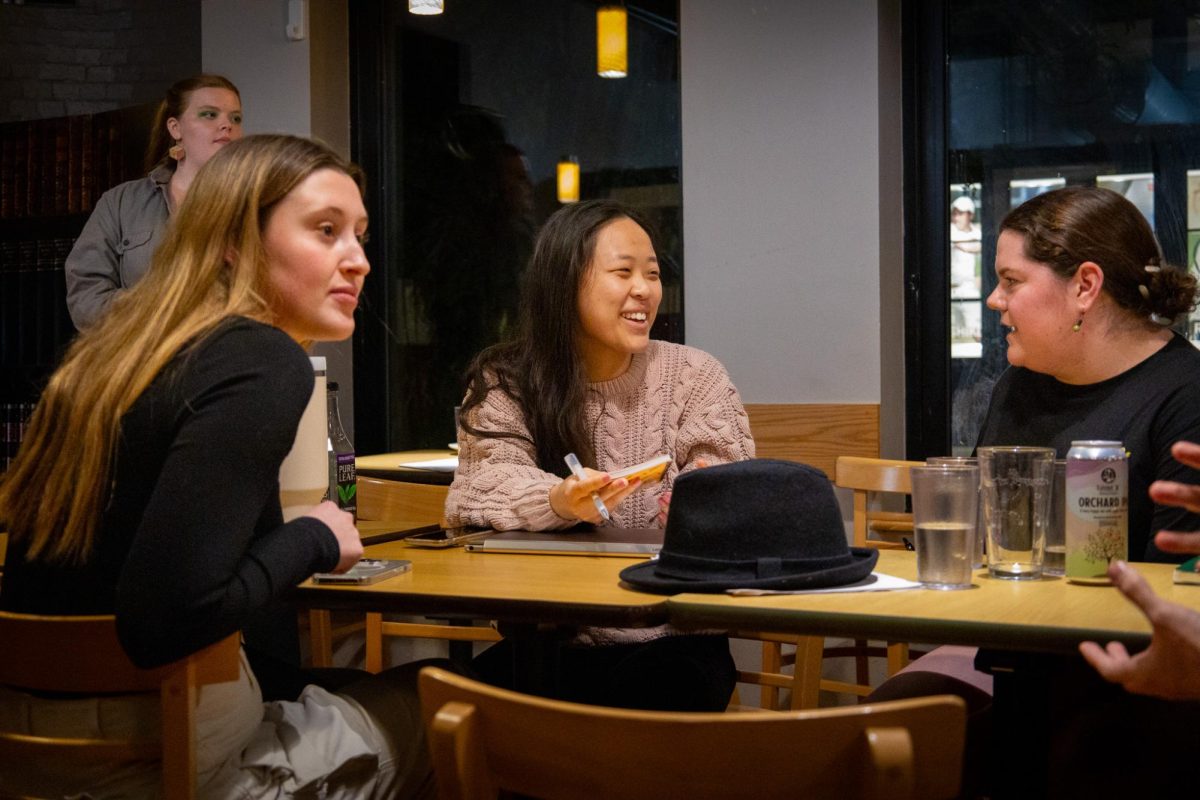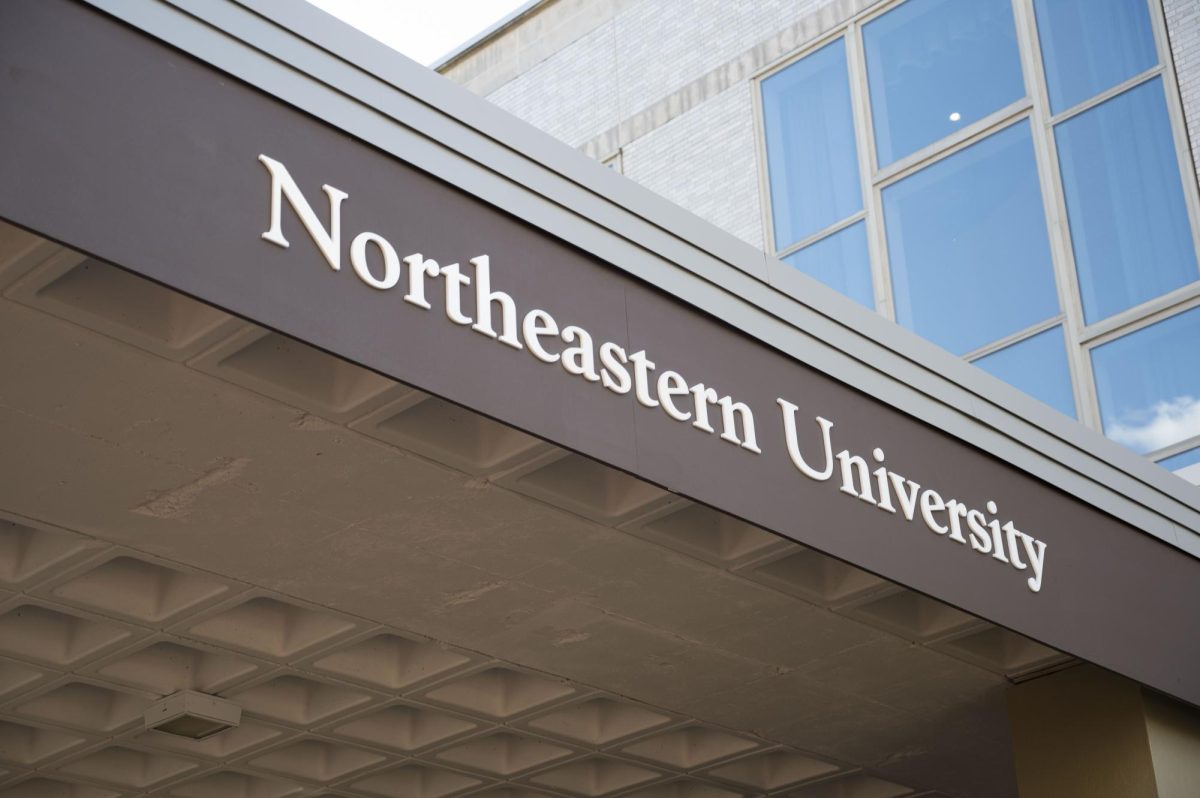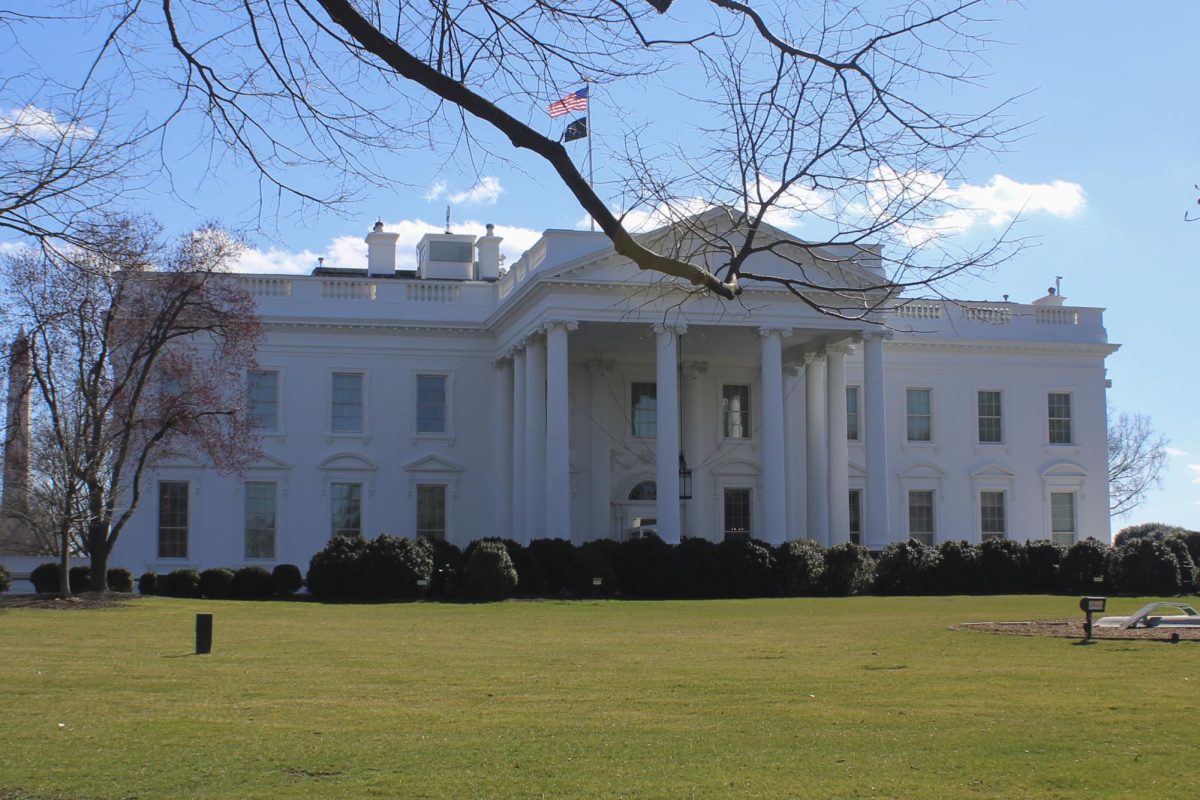By C.G. Lynch
President Richard Freeland recently confirmed that the Board of Trustees has approved plans for building F, the final structure of Northeastern’s West Campus.
The building is set to host honors housing, classrooms and the John D. O’Bryant African-American Institute (AAI).
“It’s really going to finish the West Campus in quite a beautiful way,” President Freeland said in an interview with The News.
Freeland and AAI officials said construction on the estimated $48 million project will begin in the fall of 2004 and be ready for occupancy in 2006.
The building’s exorbitant price tag comes in the wake of Northeastern’s recent construction of West Campus buildings G and H, multi-million dollar projects to boost the university’s residential capabilities. Larry Mucciolo, senior vice president for administration and finance, said the university will manage the new cost.
“The university can afford building F,” he said. “Given the fact that housing represents roughly two-thirds of the space, housing fees will initially cover most of the cost of the building (debt service, plus operating costs) and, over time, the full cost of the facility.”
In the meantime, both Freeland and Mucciolo said donors will be sought to help absorb the cost of the building. In addition, a presidential assurance was made guaranteeing the current AAI building will remain intact until building F is completed.
“The building can be built without touching the African-American Institute,” Freeland said.
As the Institute awaits its new space, officials reiterated that an emotional attachment to the old building remains. Lula Petty-Edwards, the Institute’s dean and director, said she welcomed their inclusion to building F, but said the old building will be missed.
“It is our hope that the functions of the existing institute will be continued and transferred to building F,” she said from her office at the AAI on Leon Street. “There is a sentimental attachment (to the current building). I’ve had numerous conversations with these folks. The attachments to this place are incredible.”
Students at the AAI echoed Petty-Edwards remarks, noting the importance of the space and its historical significance.
“I didn’t think they could tear it down because it is a historical site,” said Syndie Cine, a junior business major. “I don’t know anyone who is excited for the new move. We’ll have to share the building.”
A middler student, who wished to remain anonymous, said the building’s unique atmosphere contributes to its significance.
“I feel like moving into a dorm won’t feel like home,” she said. “This feels like a house here. It won’t be the same.”
The Institute, established in 1968, moved to its current location in approximately 1972, when the university renovated it from a laundry facility. Since its inception, the Institute has focused on enhancing the African-American presence at Northeastern and the surrounding community.
“The Institute brought a cultural focus and integrated it with the university,” Petty-Edwards said.
AAI’s new headquarters will reside on the first two floors of building F, facing Leon Street, maintaining the familiarity that coincides with the old building.
“We anticipate the actual, physical space will be the same, or slightly larger, than what we have now,” Petty-Edwards said.
In the meantime, Petty-Edwards, other administrators and students will continue meeting in a planning committee, originally formed by Freeland in 2001. To date, students have reviewed blueprints for AAI’s new facility, drawn up by David Lee, the architect of Stull and Lee, the institute’s primary designer for the new facility.
Still two years from the move-in date, Petty-Edwards said she hopes for a smooth transition.
“It is our belief that the Institute, within the new facility, will have resources and materials consistent with those in the rest of the building. We have no reason to expect otherwise.”








